GROW BIGGER EARS #2: The "Audio Autopsy" September Gurls Power Pop Playlist
This one's for the ladies, with decidedly guitar-forward tunes from Big Star, Neil Young, The Searchers, Edison Lighthouse, and The La's! Take the Rickenbacker out of moth balls!
With a kick-off song to celebrate the ninth month, we rally ‘round the ladies for this periodic power pop playlist, with guitars way up front!
A couple of these songs might be brand new to you, in which case, one may just show up in a future “Audio Autopsy,” where we unearth the criminally unsung and underheard on Front Row & Backstage!
1. Big Star, “September Gurls,” 1974, Ardent/Stax Records
“Give me the Raspberries. Give me Small Faces. Give me Big Star.”--Paul Stanley, KISS
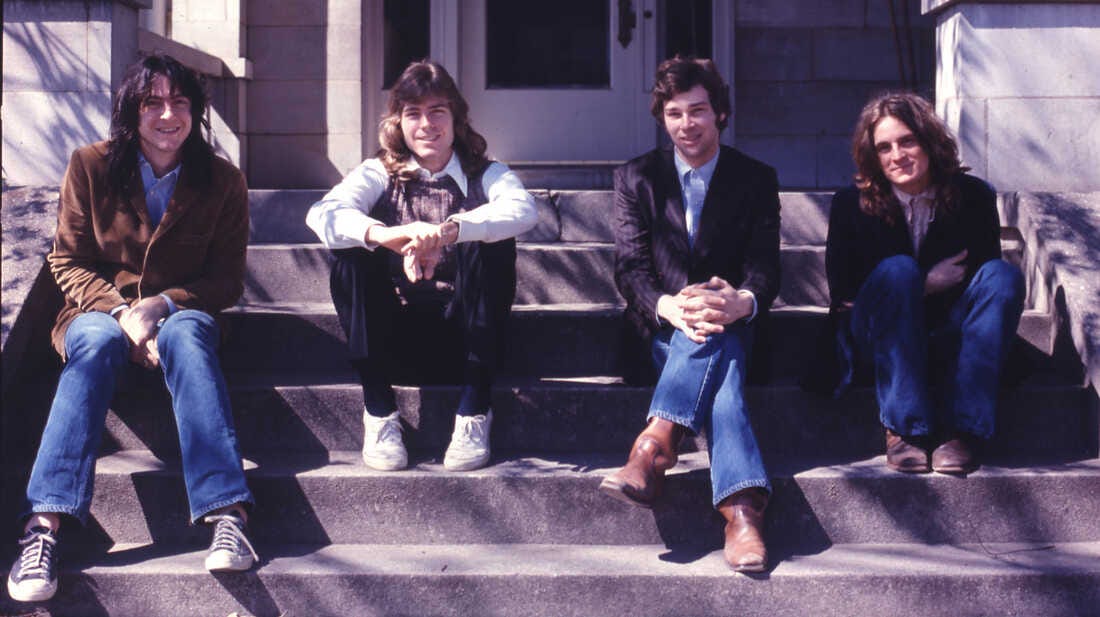
Memphis’ Big Star kicks off the Playlist with “September Gurls” (produced by the band and Ardent’s 1959 founder, John Fry) with an opening guitar sound that seemed to be the Power Pop clarion call for the umpteen-dozen gloriously jangly bands that followed (Raspberries’ “Go All the Way” from ‘72 notwithstanding)!
Written by lead singer/guitarist, Alex Chilton, this “greatest number-one song that never charted” (according to novelist, Michael Chabon, and yes, it was released as a single), ranks #180 on Rolling Stone’s Top 500 songs of all time. In fact, three of Big Star’s studio albums (#1 Record, Radio City, and 1978’s 3rd) are included in Rolling Stone’s list of the Top 500 albums of all-time!
Chabon, by the way (who clearly knows whereof he speaks), calls “September Gurls” “the pocket history of power pop.”
The song appeared on Chilton’s, Andy Hummel’s, and Jody Stephens’ second album (optimistically-titled Radio City) after their #1 Record LP debuted in 1972. By this time, Chris Bell had quit the band. “September Gurls” was named in tribute to the Beach Boys’ “California Girls,” according to Holly George-Warren, author of A Man Called Destruction: The Life and Music of Alex Chilton.
Finally, for the song and band that has greatly influenced artists as unlikely and disparate as KISS, R.E.M., The Replacements (whose Paul Westerberg, Chris Mars, and Tommy Stinson wrote “Alex Chilton”), Cheap Trick, The Bangles, and TV’s That ‘70s Show (who used the band’s “In the Street” as their theme), they still go criminally unheard.
Just as #1 Record had fallen victim to poor marketing by Stax, so too did Radio City. Columbia Records had recently acquired Stax (and with it, Ardent), and were, by this time, in complete control of the Stax library, and refused to catalog and release the album, following a disagreement.
Without a distributor, sales of Radio City (with LPs gathering warehouse dust), though far greater than those of #1 Record, were minimal at only around 20,000 copies.
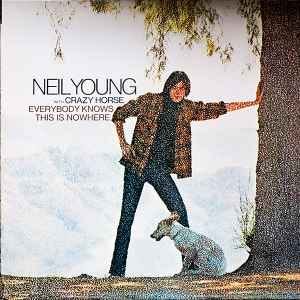
2. Neil Young, “Cinnamon Girl,” 1969, Reprise/Warner Bros. Records
More unique guitar tones from Young’s debut album (and his newly-acquired Gibson Les Paul, “Old Black”), and first with his backing band, Crazy Horse (whose similar-enough cover appears here because….well, because Neil Young and Spotify😴).
Regarding Neil’s playing, though, on the original, he reportedly tuned his guitar to double drop D, where both the high and low E strings were tuned down to D, according to FarOutMagazine.co.uk.
Coupled with its heavy distortion, many say Young helped revolutionize the gritty and heavy sound adopted some 20 years later as the cornerstone of what would come to be known as “The Great Grunge Scare of 1991.”
British music publication NME (New Musical Express) ranked the song’s opening chord progression at #47 on its “50 Greatest Guitar Riffs Of All Time.” Young’s original “Cinnamon Girl” (produced by Young and David Briggs) was released as a single in 1970, where it peaked at #55 on the Billboard Hot 100.
3. The Searchers, “When You Walk in the Room,” 1964, Kapp Records (US), Pye (UK)
Originally recorded the year before by its composer, Jackie DeShannon, The Searchers’ cover topped out at #35 in the US, and #3 in the UK.
Another distinctive guitar line (and tone) kicks off this influential song (covered since by many artists), which Songfacts asserts is “the definitive version with heavy emphasis on that wonderful riff.”
More Songfacts: “DeShannon wrote the song when she was hanging around at home, getting ready to go out on a date. ‘It just popped out,’ she told Uncut magazine, “along with that word, ‘nonchalant.’ What can I say, I was excited about the date! Those songs are very rare, that come together so quickly. It didn't stand out as special at that point. I was writing a lot, all day, everyday.”
DeShannon and The Searchers used an electric 12-string guitar in their respective arrangements, still a relatively new instrument in the early days of Beatlemania, and as DeShannon recalls, soon became influential, especially to George Harrison (Jackie had opened for The Beatles on their first US tour):
“We talked about songs. On the plane, The Beatles had one section and the opening acts had the other. George came up and asked me about the little riff on ‘When You Walk In The Room.’ He asked me to play it, and of course I was shaking. You think you hear its influence on ‘Ticket To Ride’? Well, George really did like the riff!”
The Searchers also recorded a German version titled, “Wenn ich dich seh.”
4. Edison Lighthouse, “Love Grows (Where My Rosemary Goes),” 1970, Bell Records
A single guitar figure enters, gets double-tracked with strings and tambourine joining in, and singer Tony Burrows is off and running. EL was essentially only a studio entity, which is just how Burrows wanted it!
Have Mic, Will Travel!
With a career as fascinating as it was enviable, Burrows was “lead singer” for a number of recording entities, but enjoyed the ease and comfort of rarely, if ever, having to hit the road, as well as being able to walk into the neighborhood pub or market, and not even come close to being recognized!
Formed in London in 1969, the Lighthouse recorded “Love Grows” later that year, and released it as a single in early 1970.
The original line-up of Edison Lighthouse (formerly known as Greenfield Hammer) consisted of Burrows (lead vocals), Stuart Edwards (lead guitar), bassist David Taylor, Ray Dorey on guitar, and George Weyman (drums).
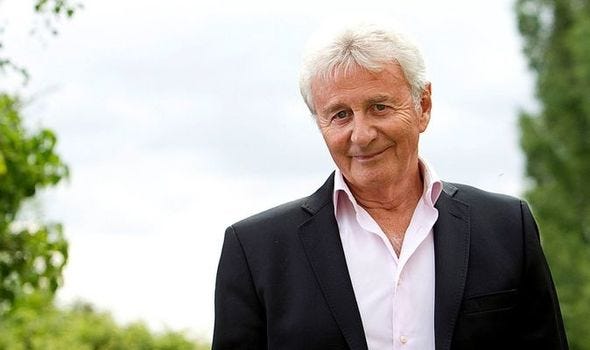
“Love Grows” (written by veteran hitmaker Tony Macaulay and Barry Mason, produced by Macaulay) was one of four near-concurrent Top Ten singles in the UK that Burrows released under different names:
The other songs were “Gimme Dat Ding” by the Pipkins (#6 UK, #9 US), “My Baby Loves Lovin’” by White Plains (decades-long debate has seemed to settle on band member Ricky Wolff on lead vocals, with Burrows doubling on the chorus), and The Brotherhood of Man’s “United We Stand” (which Edison Lighthouse covered in 1971; with Burrows having already split, lead vocals were handled by newcomer, Paul Vigrass).
Burrows, never one to let the grass grow under his mic stand, was also lead vocalist on the 1974 single “Beach Baby” for another studio-only group, the First Class! The song peaked at #13 in the UK, #4 in the US, and hit the top spot in Canada.
“Love Grows (Where My Rosemary Goes)” was #1 for 5 weeks, and sold a quarter of a million copies in the UK, reaching the top of the charts in its second week (and was the first UK #1 in the new decade).
The US release in February 1970 peaked at #5 on the Billboard Hot 100, selling a million copies by April, and earning a gold record from the RIAA. Canada? #3.
“An instantaneously recognizable melody and lyric set to simple, economic musical structure.”--Ben Gibbard
5. The La’s, “There She Goes,” 1988, London Records/U.S., Go! Discs/UK
One and done. But, what a one! “There She Goes” was written by lead vocalist/guitarist, Lee Mavers (far left in photo above), and several re-issues of the single were released, both in 1989 and 1990, the latter as part of their self-titled debut album, a re-mix of Bob Andrews’ original production by 6-time Grammy winner, Steve Lillywhite (U2, Talking Heads, Peter Gabriel).
This is the one I (and most Americans) became familiar with: The album version at 2:42, 11 seconds longer than the single version. This Lillywhite remix was issued as a single in October 1990, and hit #13 on the UK Singles Chart (and got to #49 in the US).
Guitar.com (in August 2020) seemed to say most, if not all, of what befell The La’s: “Led by the flawed genius of their perfectionist front man, Lee Mavers, The La’s released a timeless self-titled debut in 1990 that predicted the whole Britpop movement. Three decades later, it remains the band’s only album, and Mavers hates it so much, he’s spent most of his life trying to re-record it.”
Producer Lillywhite in Musicradar.com, February 2011: “Lee Mavers had this blueprint in his head for the record, but it was like an acid trip that kept coming back to him, and it would mess him up. We’d record six songs that were fantastic, but if there was one thing wrong on the seventh, he would be convinced everything else was terrible and we’d have to start everything again.”
“There She Goes” was listed at #22 on NME's “500 Greatest Songs of All Time”. For being called “the perfect pop song” by so many, it’s incredibly unconventional in its composition, as it contains absolutely no verses, just a single chorus repeated four times with a bridge! It takes genius to not only compose a classic pop song, but shatter the mold while doing it!
On NPR's All Songs Considered, Death Cab for Cutie’s Ben Gibbard selected “There She Goes” as his pick for “perfect song.” Gibbard observed that the song “defines the perfectly written pop song: An instantaneously recognizable melody and lyric set to simple, economic musical structure.
“It is such a simple song that it boggles the mind that someone hadn't already written it.” Eric Clapton also praised the song, and in December 2021, Noel Gallagher of Oasis said it was his favorite song from the 1990s.
The band's guitarist, John Byrne, said of the song, “I thought it would be big, a lot bigger than it was, but then forgotten like a lot of pop songs. In retrospect, the opposite happened” (Consequence.net, 2011).






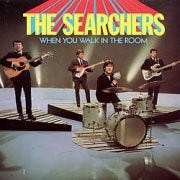
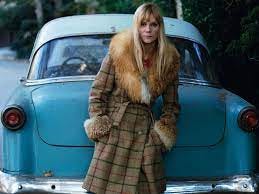
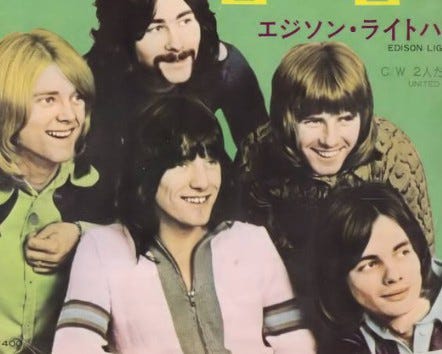
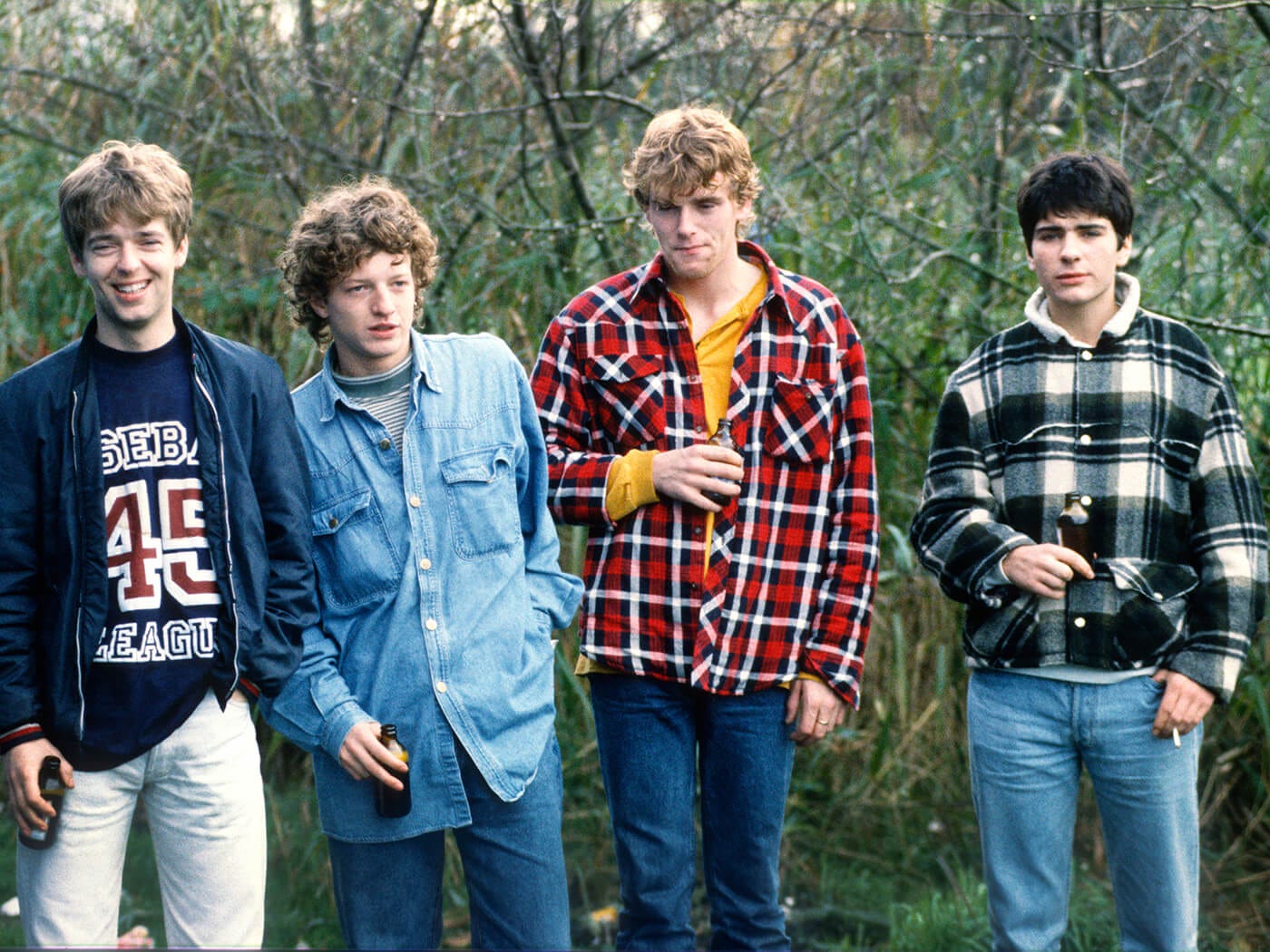
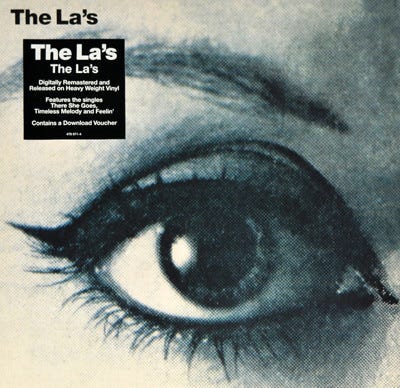
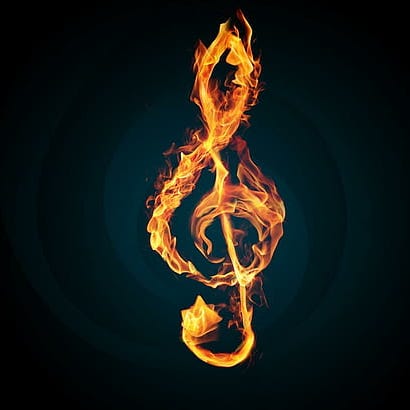
I loved this post, Brad! My husband and I have an ongoing (joking) argument about Neil Young due to one of our years at New Orleans Jazz Fest. My husband refused to go on the last Sunday when Neil was playing because we had already been rained out the previous day walking around in mud and shit, and we'd been there a week already and had no clean clothes. Joel didn't want to go through all the nonsense again. He convinced me that Neil would not even perform as we sat drinking on Frenchman Street, meanwhile I'm texting with a friend who braved the weather. Neil DOES go on and does a 17-minute rendition of Cortez The Killer in the pouring rain and thunder. If I never see Neil Young perform, my husband will never live this down.
On a happier note, I love the La's! When the main band went on for our wedding, their first song was "There She Goes." (Did you know it's also the opening song to the pilot of Gilmore Girls? There were a lot of nods to Gilmore Girls at our wedding, and this coincidentally was one of them!)
Awesome post, as always!
What a list! The Searchers were a new one for me, and I had no idea how much Tony Burrows got around.